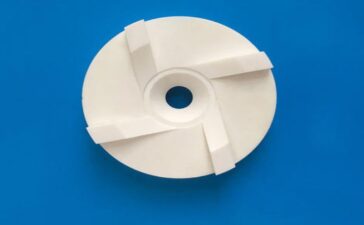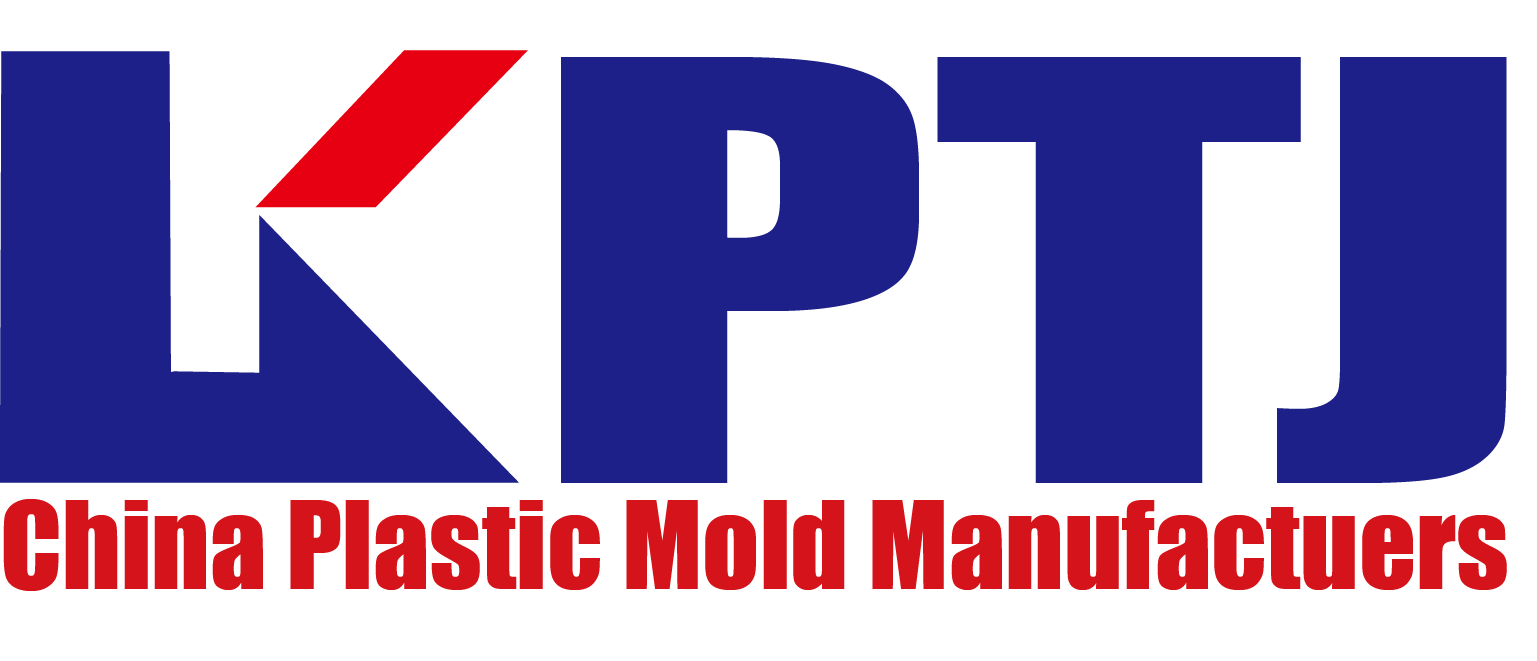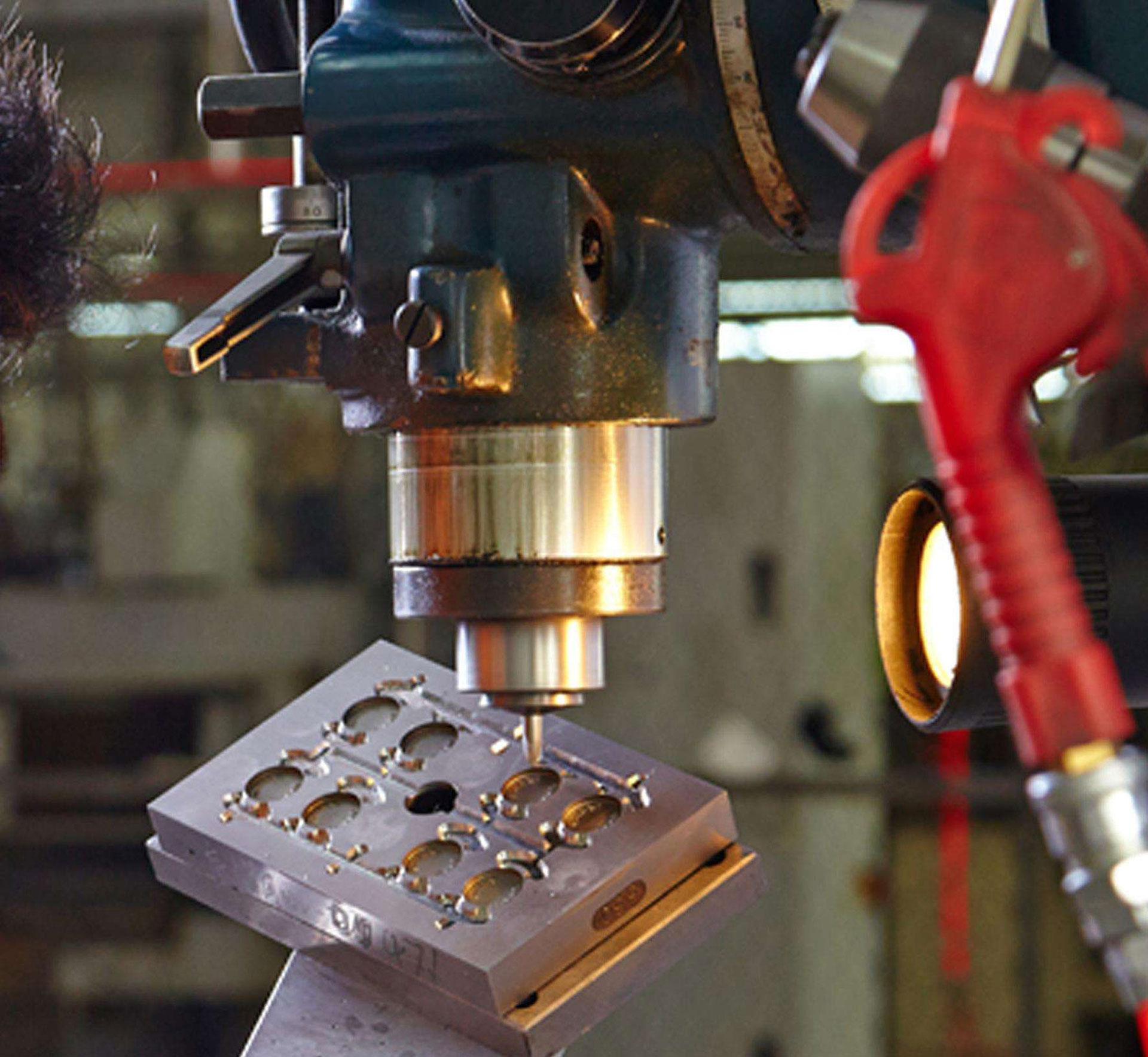The grooving and blocking in the parts CNC machining factory are attributed to turning applications, which are relatively common machining processes in the machining process profession. In the entire grooving and blocking process, the selection and use of the knife are appropriate and particular. So, today I will talk to us about blocking and notching.
- interception:
- 1. Pick a tool
- In the blocking of pipe fittings, workpieces and bars, the reduction of cutting force and the saving of data are very important. Therefore, the insert should be as narrow as possible, and the groove shape can make the cutting narrower than the groove. This posture can achieve outstanding cutting control and surface finish.
- 2. How to use
- The blade should be as narrow as possible. This can help save materials and reduce cutting force, and also reduce environmental pollution. If possible, prevent cutting to the center. The feed rate is reduced by 75% before blocking the workpiece center 2mm. This attitude can maximize the optimization of tool life. The blocking process is stopped about 1mm before approaching the center of the workpiece, and the part will fall due to its own weight and length.
- Note for blocking machining process:
- 1. Set the height of the tool tip at a place 0.1~0.2mm higher than the center point.
- 2. Wet machining must be used and sufficient cutting fluid must flow to the cutting edge.
- 3. The recommended machining is to use a fixed rotating tree to stabilize the life of the tool.
- 4. Get as close as possible to the clamping point when blocking.
- 5. When the blocking process is close to the center, please lower the feed amount to 1/2 to 3/1 of the original to prevent the impact during blocking.
- 2.1. Blocking and pre-drilling
- The drilling must be deep enough to not affect the lateral force. The force of the blade at the side sharp angle may cause the blade to crack and inconsistent tool life.
- 2.2. Blocking small diameter bars, blocking thin-walled tubes
- Try to use the smallest and sharpest blade to ensure the best possible force.
- 2.3. No flash blocking
- Use right or left hand with front angle to sharpen the blade to prevent or reduce flash. Pay attention to the large rake angle to reduce the flash, but the appearance may not be straight, and may lead to a worse appearance finish and shorter tool life. Use the smallest rake angle possible. CNC fine parts machining
- 2.4. Blocking of pipe fittings
- Use the narrowest possible blade to save materials, reduce cutting force and reduce environmental pollution.
- 2.5. No burr blocking
Use right-hand or left-hand fine blades with front corners to prevent or reduce burrs.
Therefore, when machining process parts in a CNC machining factory, when the force of the tool and the direction of movement are the same, it must be carefully operated, and it is necessary to prevent the occurrence of phenomena such as cutting and breaking of the tool, to reduce a certain amount of loss, and to correct the tool To do a good job of the sharpening condition and clamping condition of the machine tool, all parameters of the machine tool must be adjusted to make all parts of the machine tool outstanding.



